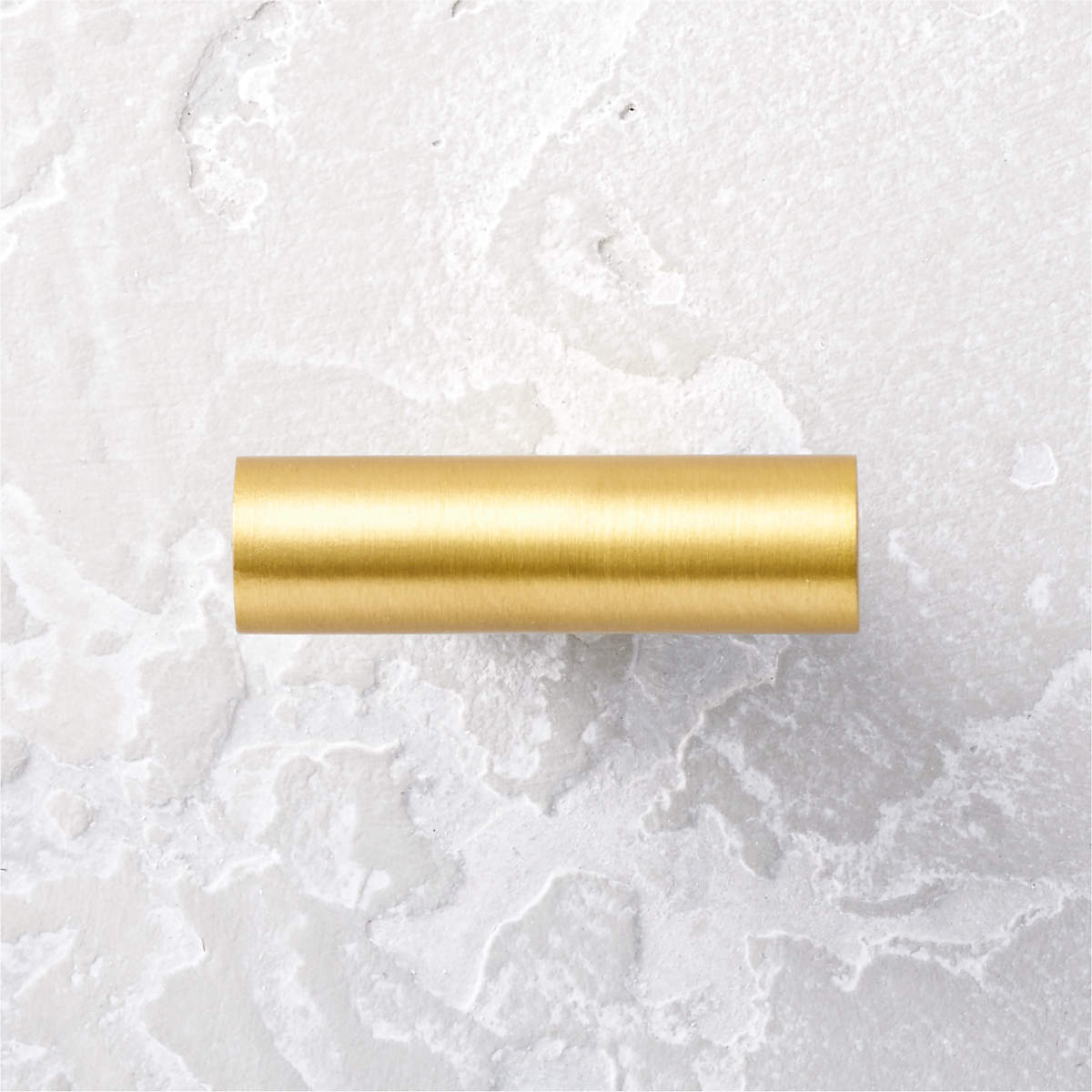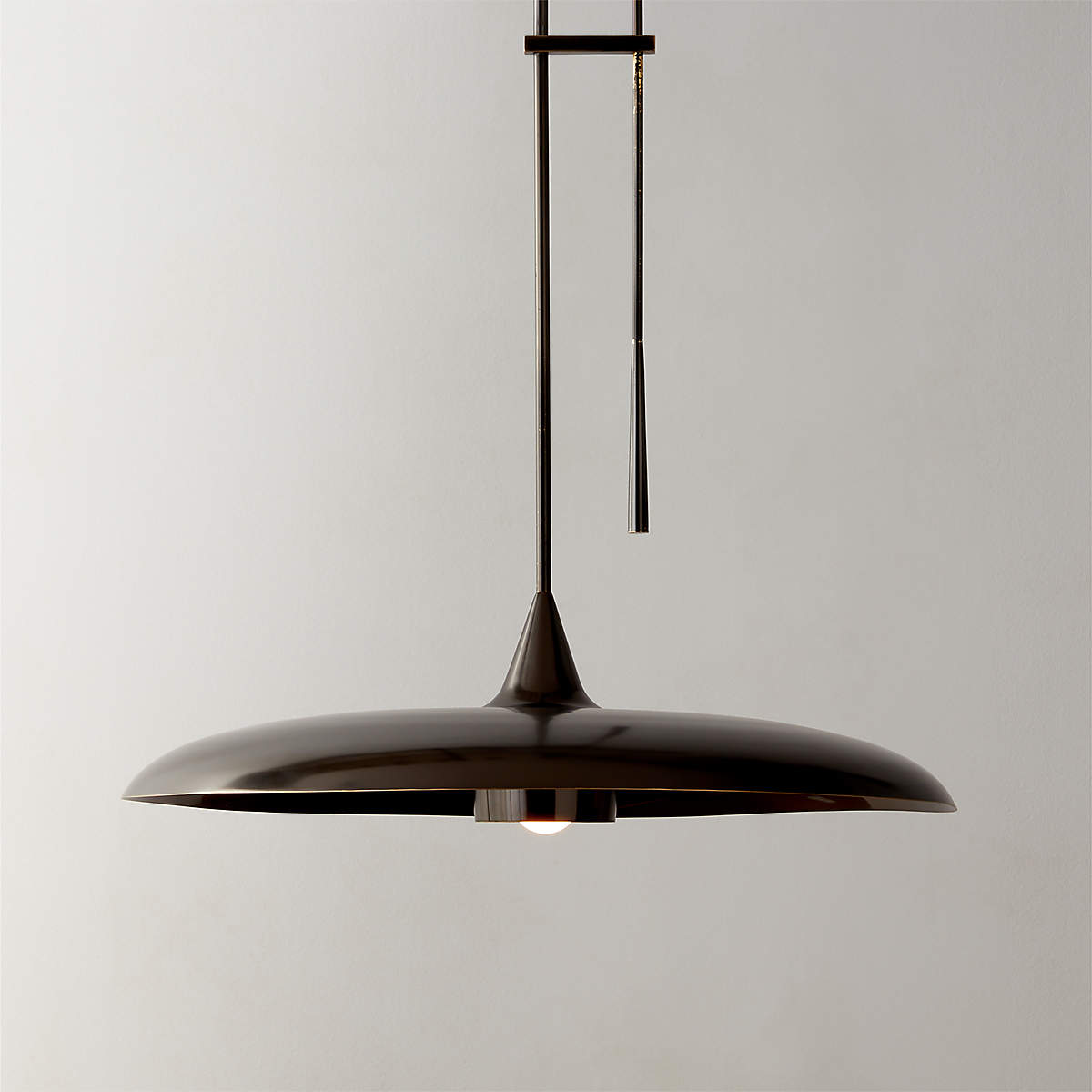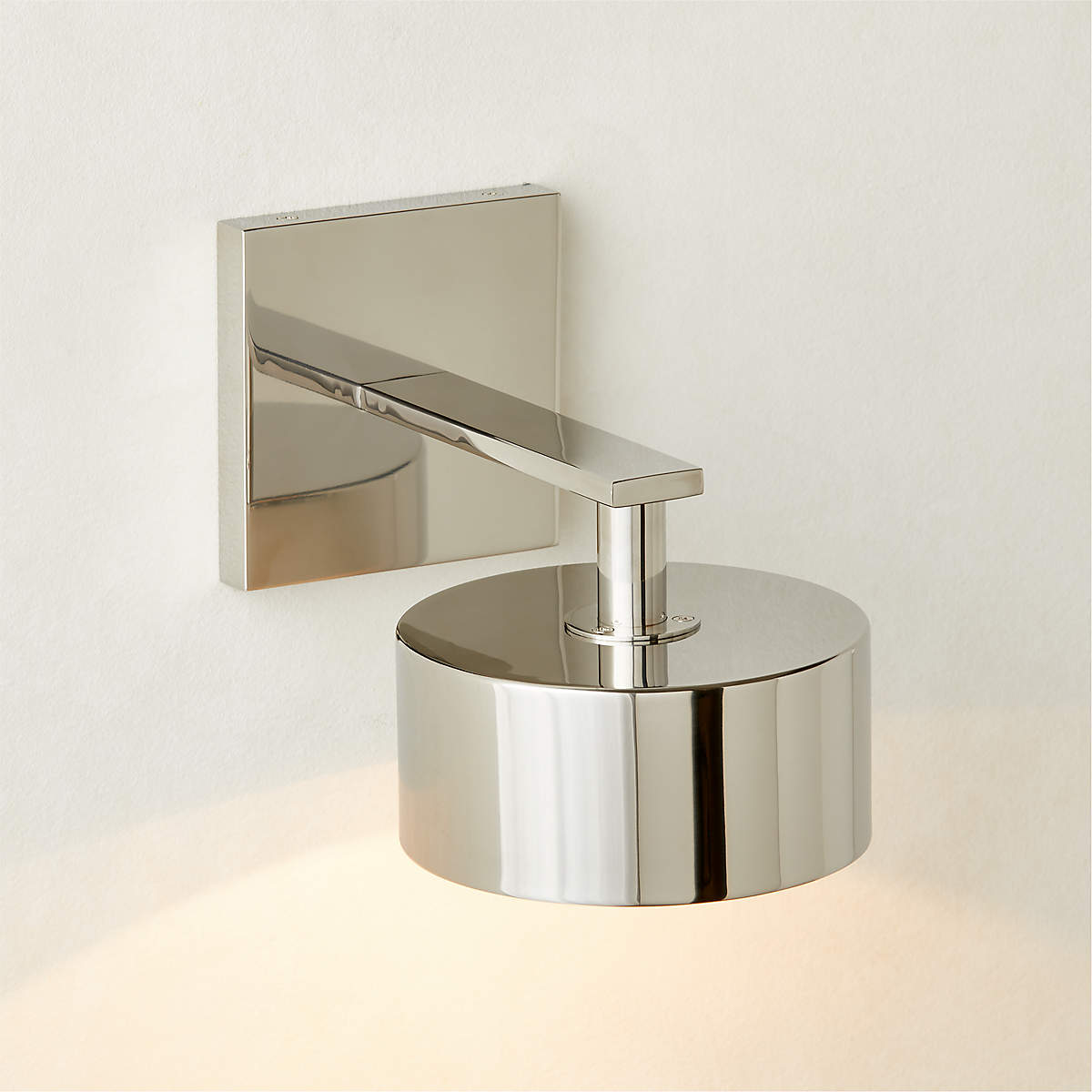3 simple rules to follow when mixing metals in your interiors, according to a designer
Follow these expert tips to achieve a balanced look when mixing metals
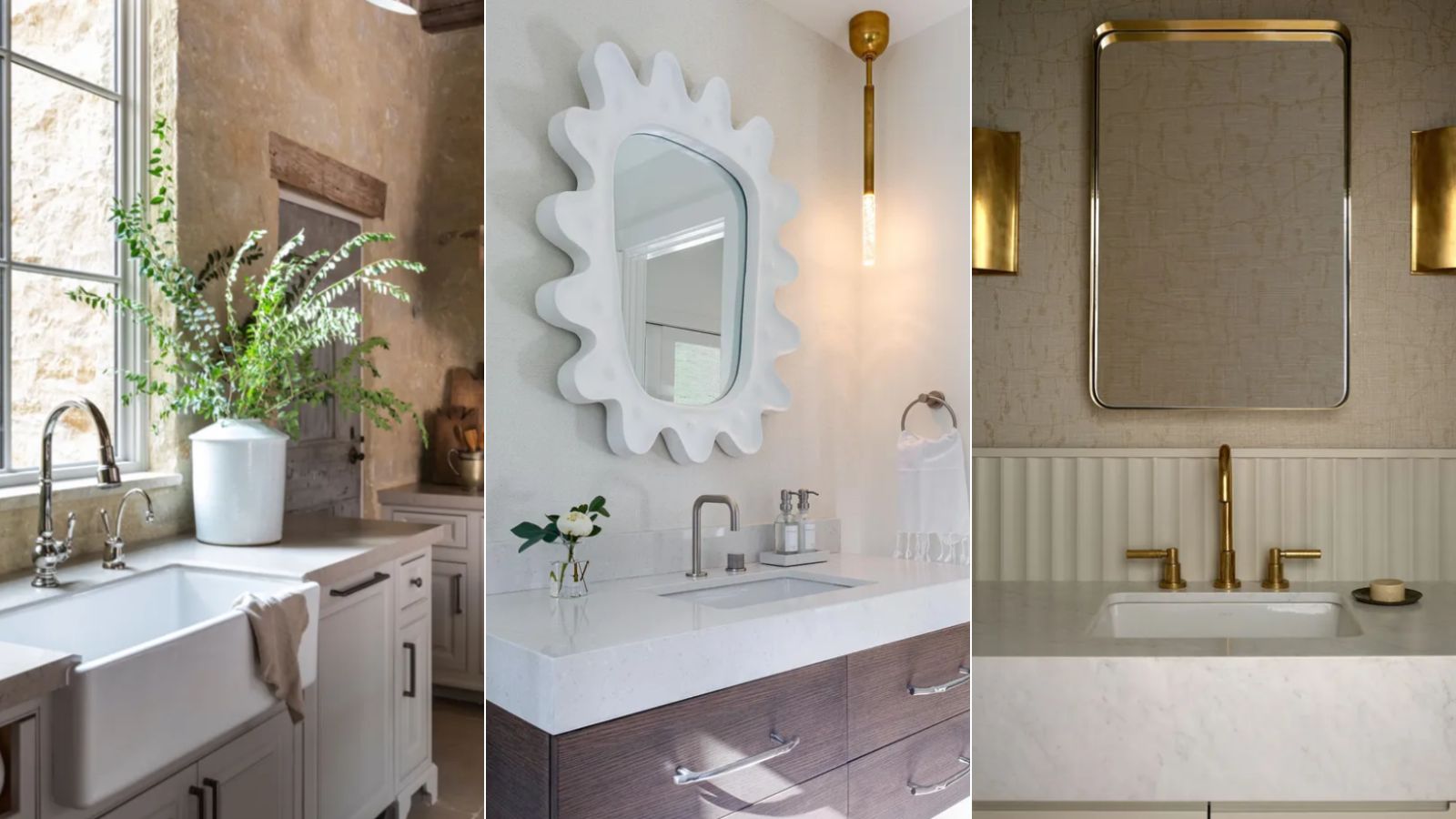

Forming a key part of both kitchens and bathrooms, metal fixtures and hardware can really elevate the whole space, but choosing the right colors is key.
The wide range of fixture colors available – from brass to chrome – should work in harmony with the style of your space to complement other elements. But it's not always so straightforward, especially if you want to mix different colors of metals in one room.
To help steer you in the right direction, interior design expert Jordan Samson shares his top tips on how to mix metals. Below, we've rounded up his advice to help you on your way, ensuring you achieve a cohesive result that looks visually balanced.
A post shared by Jordan Samson (@jordansamsondesign)
A photo posted by on
1. Choose no more than three metals per room
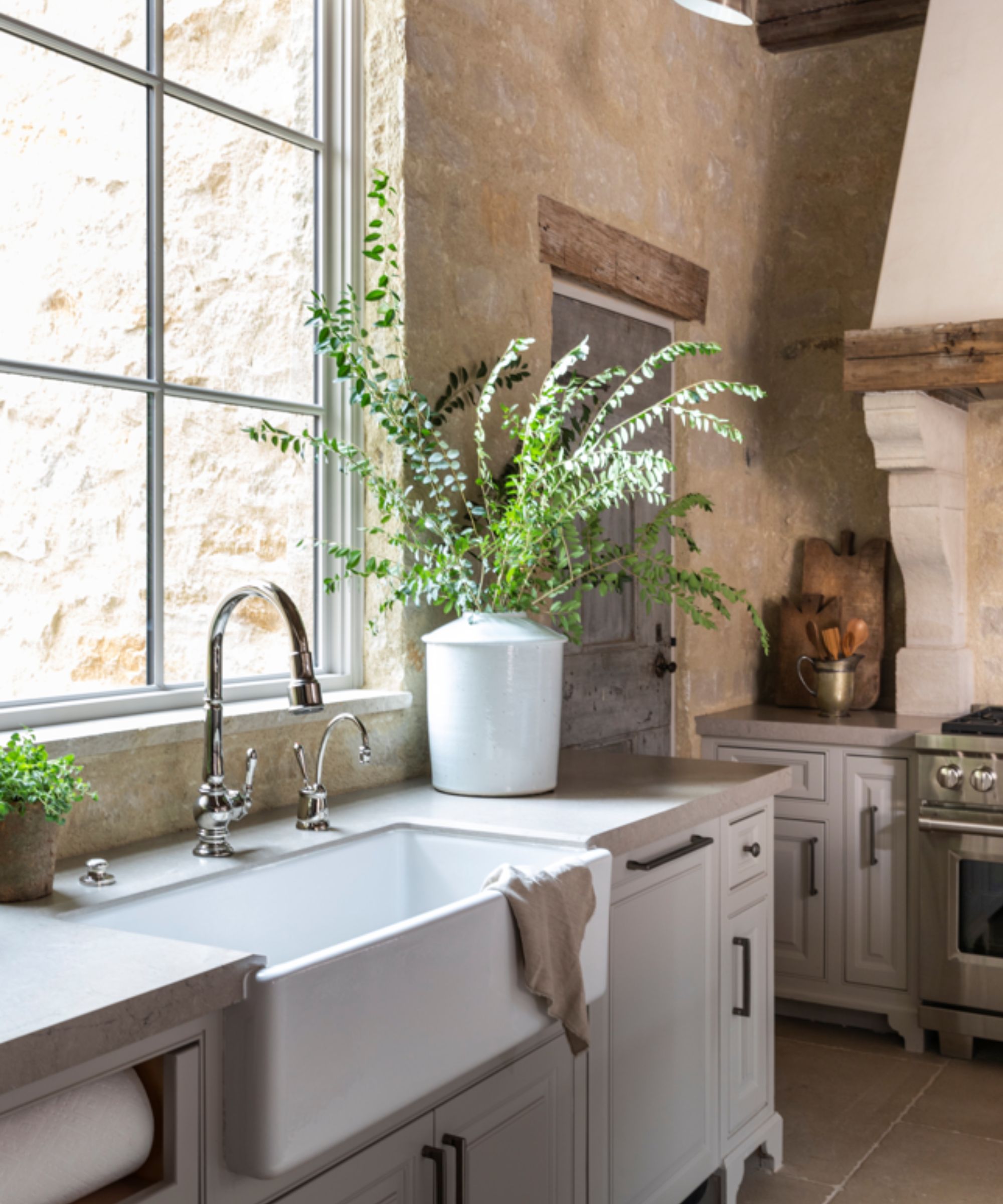
Whether it's in your kitchen or bathroom, as a general rule to follow, stick to a maximum of three different metal colors in each room, as Jordan advises: 'I would suggest mixing no more than two to three metals per room. The goal is intention, not a headache.'
You should also think about the size of the room you're dealing with. Naturally, larger rooms can handle more metals whereas you may want to stick to just one or two different metals in small rooms.
2. Choose the right colors for your style
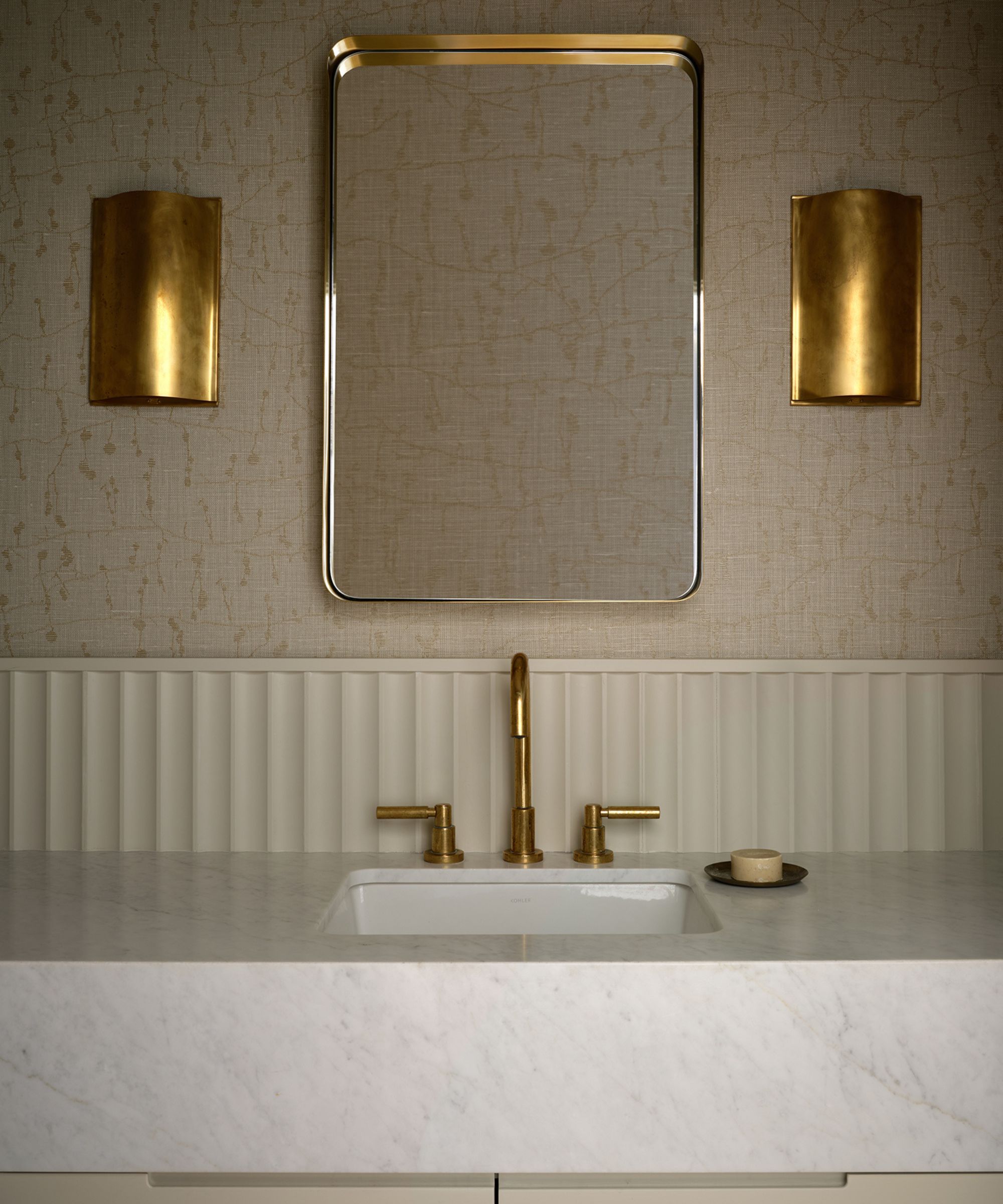
It's important to think carefully about the metal colors you opt for, focusing on the undertones of each, as Jordan explains: 'When choosing your finishes we want to create contrast and pay attention to the undertones. Metals with warm undertones like brass and nickel tend to suit more traditional decor styles whereas metals with cool undertones like chrome and silver are better suited for more modern spaces. Black metals are a true neutral so they can be paired with either undertone.'
He concludes by warning that there are certain combinations to steer clear of, advising that if the colors are too similar there won't be enough contrast created: 'Combinations to avoid are any that look too similar like nickel and chrome, black and oil rub bronze, and brass and gold. It will just end up looking like a mistake or that the hardware store ran out of stock.'
Design expertise in your inbox – from inspiring decorating ideas and beautiful celebrity homes to practical gardening advice and shopping round-ups.
3. Group items by function
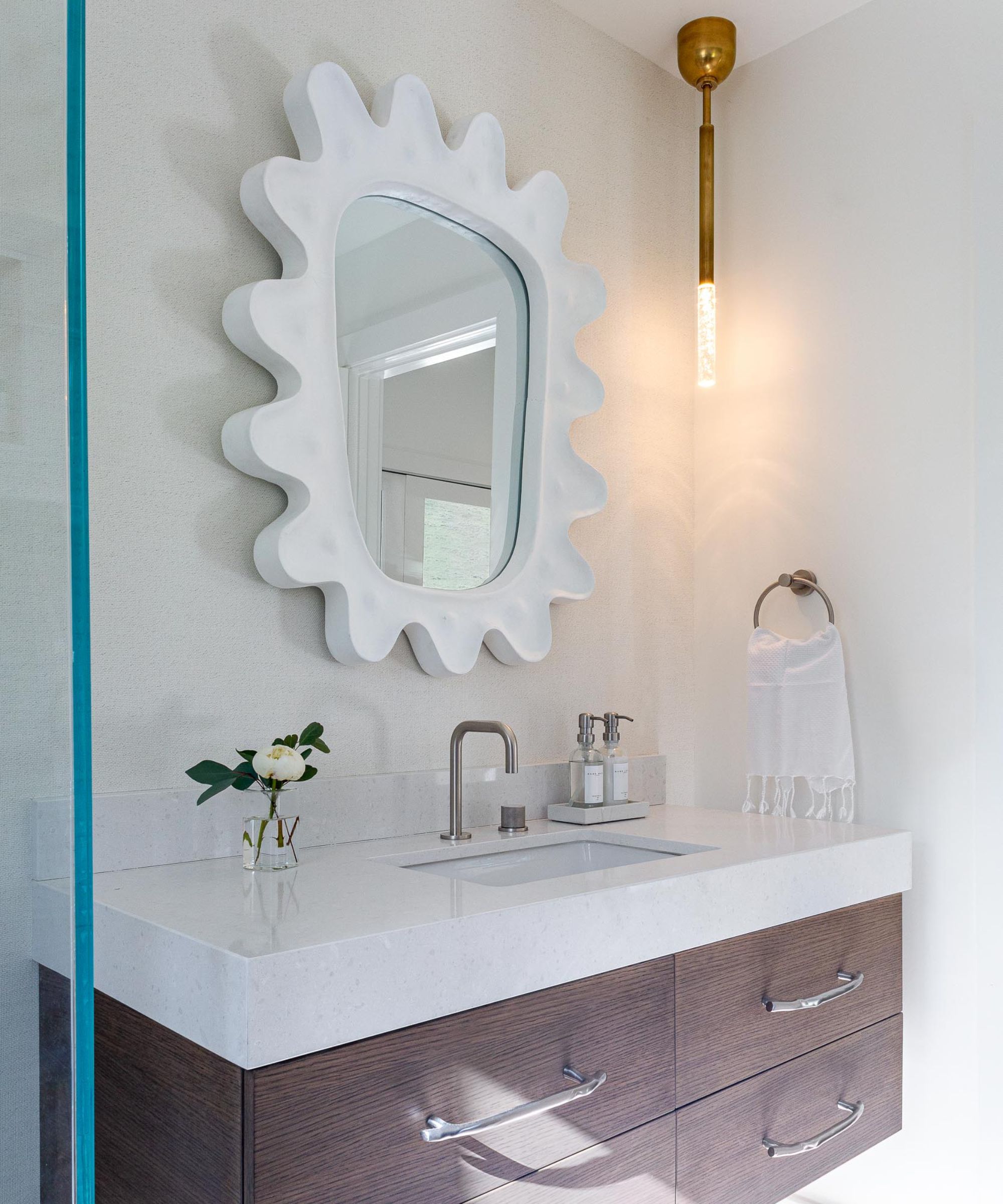
When deciding which fixtures should be grouped by the same color once you've decided the metals you're going to mix, Jordan shares a useful tip to follow: 'An easy way to group your selections is anything with the same function will be the same finish.'
'So all your plumbing fixtures would be one finish, your door and cabinet hardware another, and then your lighting ideas can be either of the two or introduce a third,' he explains. By doing so, you'll ensure a balanced look that appears intentional rather than a totally random look.
Feeling inspired to mix different metals in your home to achieve this layered look? Shop the metal fixtures below to begin experimenting with this expert-approved home decor idea.

Emily is a freelance interior design writer based in Scotland. Prior to going freelance in the spring of 2025, Emily was Homes & Gardens’ Paint & Color Editor, covering all things color across interiors and home decor for the Homes & Gardens website. Having gained specific expertise in this area, Emily is well-versed in writing about the latest color trends and is passionate about helping homeowners understand the importance of color psychology in home design. Her own interior design style reflects the simplicity of mid-century design and she loves sourcing vintage furniture finds for her tenement flat.
